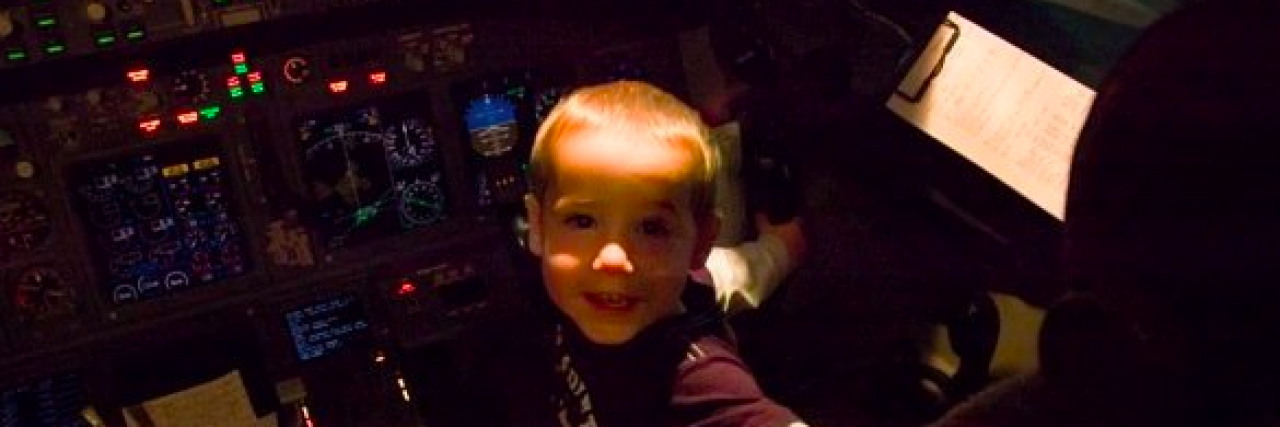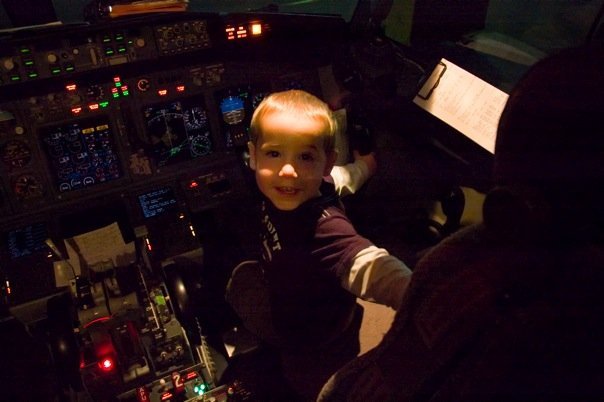My daughter has tuberous sclerosis complex, neurobehavioral differences, sensory integration dysfunction and epilepsy, among other things. Life is hard for her and for myself and her older brother who love her. This disease is ruthless.
And while life is hard, good people exist. I rarely ask for help from strangers, but sometimes, people see the need and give it anyway. These people are angels. One of them worked for Southwest Airlines.
Other relevant stories:
• Epilepsy Life Expectancy
• How Many Hours Should a Person with Epilepsy Sleep
• Can People with Epilepsy Drive
I was traveling across the country with my two children, who were then 2 years and 3 months. Any parent who’s traveled in an airport with babies knows this in itself is a challenge. Little did I know what lay ahead. My daughter had begun to have infantile spasms just days before our trip, though at the time I didn’t know what they were. But I knew something wasn’t right with my baby.
The first time she did it, I thought it looked like newborn startle reflex. But I knew she was too old for that. They came in a rhythm, and my first thought was, “She’s seizing.” But I quickly wrote off that thought as new mother paranoia. After all, these looked nothing like any seizures I’d heard of. “Stop worrying,” I told myself. But as I tried to hold down her arms that insisted on jerking out every few seconds, I knew something wasn’t right.
I was sitting in the airport with my toddler and baby girl, when the spasms started again. I felt sick, like a rock was in the pit of my stomach. I didn’t know what to do. These episodes were happening more often, my daughter would cry after they ended, and she was difficult to console. I found myself snapping at my son out of my own frustration and helplessness. I was about to board a plane with a curious toddler who wanted to run, a car seat, carry on bags and a baby making weird movements and screaming bloody murder.
I prayed for some saving grace — that my daughter and son would sleep or something. And then someone stopped me before we’d even passed the first few rows of seats. The pilot said not to worry about my son, for me to find a seat with my daughter and that he would bring him back to me. I was hesitant but desperate, so I agreed.
A few moments later after everyone was seated and I was rocking and nursing my daughter, I heard over the intercom, “Hi Mommy!”
Everyone began laughing. I cried.
The pilot had seen me struggling and let my 2-year-old (who’s obsessed with planes, by the way), sit in the cockpit, push all the buttons and speak to me over the loudspeaker.
Since that time, there’s been a diagnosis, more seizures, brain surgeries and lots of therapy. Our flight was five and a half years ago, but it still sticks in my mind as a moment of grace, offered by a loving stranger to a scared mother before the battle began. It was a reminder that life is hard, but there’s beauty. And there are people who want to help. And moments of joy to sustain us on our journey.
To that Southwest Airlines pilot, thank you.
Image via contributor


